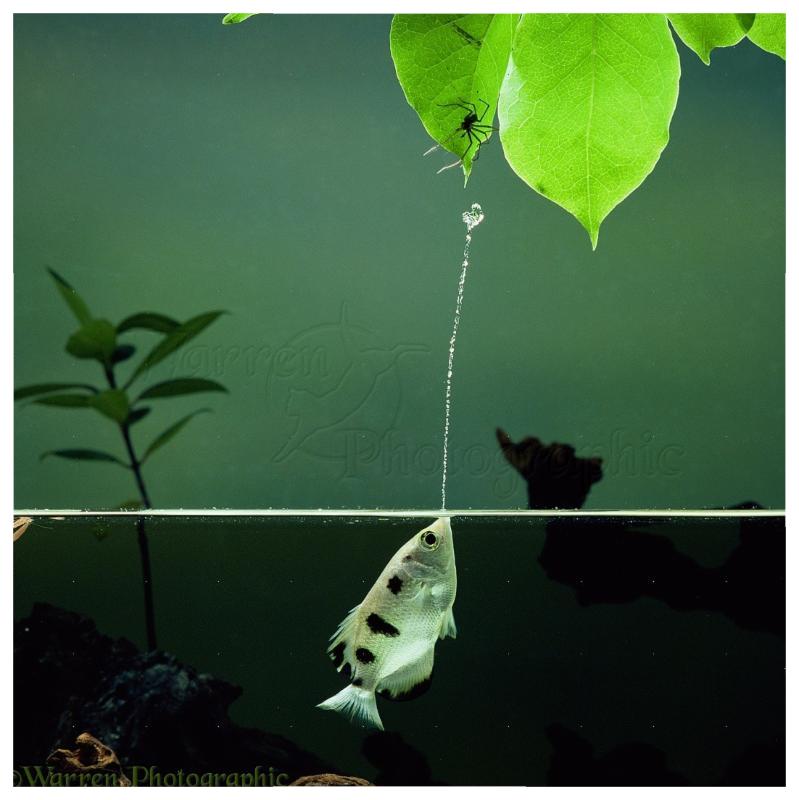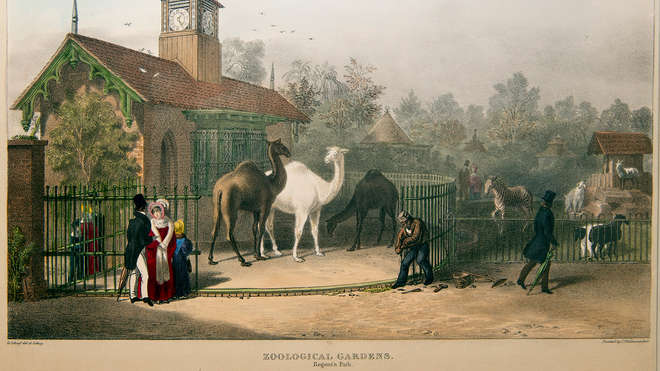Nether Wallop Mill, Hampshire England Thursday November 24th 2016
I delighted to say the restoration work at Bullington Manor was completed, on time and on budget, just ahead of the recent rains. It is all still a bit raw and, in truth, will take the full circle of the four seasons before it looks wholly natural. However, such is the success of the work we are back fishing so if you head out for the grayling between now and January you'll be able to see how quickly the fish have adapted to their new, improved home.
I am indebted to Kris Kent, PR Officer for the Grayling Society, for his account of the work which he recently posted on the Wild Trout Society web site. As you will read he forsook his warm office and smart suit for a week in waders. It probably seemed like a good idea at the time ........
"I was between jobs so I emailed Shaun Leonard, Wild Trout Trust Director, to see if there was anything I could help out the Wild Trout Trust with. I was thinking of a little light administration, spreadsheets, reports or the like. Within a few minutes Shaun called me on the mobile. "Did I fancy helping out Mike Blackmore with a project he was working on?" I said "Why not." Shaun suggested I call Mike to make the necessary arrangements. Mike seemed a little bewildered by the fact that I was going to be helping out but he suggested that I start the following Tuesday and filled me in on the logistics.
In Guildford on business and on my way back to home in Lambourn, I realised I would be passing close by the project site, so I popped by to make sure I knew where I would be going the following week. I pulled off the narrow lane that skirted the river by the pretty little church of Saint Michael and All Angels. Mike's white VW Transporter was parked up by the stables so I knew I must have been in the right place.

Saint Michael and All Angels, and the team working hard
I decided to take a quick stroll along the river and see if I could find Mike and the team and see what was going on. It didn't take me long to find them. Mike and Jonny, the Keeper, were being ably supported by volunteers from Sparsholt College. They looked a little confused as I strode down the path in suit and brogues!
Mike walked me down the river explaining the background to the project, the problems being addressed and the plan for the project. The Environment Agency had identified this reach of the Dever as being an ideal opportunity to undertake a major habitat restoration project with the Wild Trout Trust as part of the Test and Itchen Restoration Strategy. Following engagement and planning with the riparian owners and the team that run and maintain the fishery (Fishing Breaks), a project was pulled together. The project was funded by the owners, the Environment Agency and a donation from a WTT partner, Springwise, through an initiative called 1% for the Planet by which environmentally-minded businesses can donate 1% of their turnover for work to improve our natural environment. Fishing Breaks also provided skilled labour in the form of River Keeper, Jonny Walker.
This section of the Dever was suffering from a number or problems. Impoundments meant that long sections lacked significant flow and had led to siltation of the spawning gravels, uniformity of habitat, and tall, vertical banks. It was overwide in many places and had been artificially straightened. The uniform habitat was limiting biodiversity and, whilst there was a reasonable head of wild trout and grayling, the lack of suitable spawning habitat was hindering recruitment and a lack of refuges meant that fish (particularly juveniles) were vulnerable to predation.
The project had two phases. Week one focused on opening up the canopy in strategic places to let more light in and aid weed and marginal plant growth. The wood generated would then be used to create flow deflecting woody habitat features. Woody mattresses and hinged bankside trees would create fish refuges and trap silt, providing additional marginal habitat. Together these would help narrow the channel, increase flow, scour gravels and create a more sinuous, meandering channel.
Creating a woody mattress, and the plant required for 'dig and dump'
In week two, the heavy plant would arrive. This would enable the team to do some 'dig and dump'. Pools would be dug out with the waste materials from that process used to create marginal berms that pinch the channel and accelerate flow. Then, new gravels would be introduced to make the new pools more hospitable for fish and provide spawning opportunities at the tail of each pool. Additional riffles would also be created to further diversify habitat. Sections of tall, steep bank would be re-profiled to improve floodplain connectivity, improve marginal habitat and provide easier access for anglers.
So I arrived at the beginning of week two and found the river already transformed. My job was to run around and help out with anything that needed doing, freeing up the professionals to focus on the important stuff. After the digger had introduced the gravels into the new pools, I would follow on and rake them over, blending them in and tidying them up.
I helped peg in some woody debris as juvenile refuge habitat and I stacked up the leftover wood and piled up the brash ready to burn. During week one, the team had created a new river bank along an over-widened section. During week two, I helped to back fill this area and translocate marginal plants to the new bank edge.


Creating new bank
By the end of the week, I was exhausted, not being used to such manual work. But the sense of achievement was almost overwhelming. Seeing the transformation from degraded to vibrant habitat gave me a huge sense of satisfaction and pride. And the fish loved it too. Minutes after digging a new pool, the fish had already moved in and in one small pool we counted over twenty trout and grayling. I can't wait to go back in six months or a year and see how the river has settled into its new setting. The other thing I enjoyed was the sense of camaraderie, working together on such an important restoration project. I highly recommend it."

L-R: Jonny Walker (Fishing Breaks), Kris Kent (volunteer), Heb Leman (Environment Agency), Shaun Leonard (Wild Trout Society, Director) and Mike Blackmore (Project Manager)
FREE PASSAGE FOR EELS
 If this photo of a bit of rusty steel means little or nothing to you I'll completely understand. Let me explain ......
If this photo of a bit of rusty steel means little or nothing to you I'll completely understand. Let me explain ......
Eels used to be an unremarkable sight on the chalkstreams. On a still summer evening a stroll along the river bank would be regularly accompanied by a hard-to-locate slurping noise. Close inspection rarely revealed the source, but just occasionally you'd see a shiny, black-grey head pop out from beneath the surface as an eel sucked down an emergent nymph as it made its way from the water to the air by crawling up a reed stem.
But sadly as the number of eels has crashed in the past decade this riverside oddity has become rarer and rarer. The reasons are manifold though the primary cause seems to be a virus that attacks the swim bladder of the eel, disabling its ability to regulate swimming depth in the ocean as it returns from the European rivers to the spawning grounds in the Sargasso Sea. This is important because the eel doesn't actually 'swim' back the three thousand plus miles, but rather hitches a ride on the subterranean ocean currents which he or she almost surfs to make it home. But catching those currents requires moving thousands of feet up and down in the thermal layers of the sea but without a swim bladder that can't happen so the eel, which doesn't eat in saltwater, starves to death before ever reaching the welcoming embrace of the sargassum weed.
All the time eels were populous we never had to bother much about their survival in the chalkstreams, but today they need every helping hand we can offer. So, a programme is underway to remove the obstructions that impede the progress of eels upstream when they first arrive in the rivers and downstream when they return to the ocean anywhere between five and twenty years later, hence the rather strange grille pictured here.
 | |
| Mill race |
Today eel trapping has all but died out; I did hear of an old fellow who continues on one of the Dorset rivers. But for the most part all that remains are a few of the abandoned structures, so by removing these impediments, as we have with this one, it increases the chances of survival of the eels that remain.

THE MOP FLY GET A RISE
It must have been about the moment Brian Clarke was working himself up into a state of fulmination as he penned his monthly column for The Times about the Mop Fly (read his article here) that an unexpected email popped into my Inbox. Geoff, who I don't know but describes himself as a river keeper, simply said in the briefest of emails,
 'In my youth we used Dock leafs to relieve nettle stings and when we pulled up the roots we used the grubs to fish for trout, so I guess the mop fly is just the latest imitation of the Docken Grub.'
'In my youth we used Dock leafs to relieve nettle stings and when we pulled up the roots we used the grubs to fish for trout, so I guess the mop fly is just the latest imitation of the Docken Grub.'
As it turns out he is absolutely correct; the grub is close to being a dead ringer to the pale version of the Mop Fly and as you will see from the picture below similar patterns have been tied in the past.
Now clearly the originator of the Mop (c. 2010) was not deliberately imitating the grub which, it seems, has a long history. In the wonderfully entitled Sporting Almanack and Oracle of Rural Life (c.1843) the author lauded the Dock grub to the skies.
'There is not a more killing mode of trout fishing in the months of April and May than by dropping one of these baits into a gentle stream, or still deep hole.'
If grubs are your thing he goes on to recommend the Ash grub for winter fishing and the Oak grub for relieving the post-Mayfly torpor. This was man with few boundaries: he further recommends cheese and honey as useful baits plus many varied types of worm, mostly it seems found in or under cow-pats. Here is the relevant page from the book.
And all this twenty years before Halford came on the scene. It makes you wonder how fly fishing ever caught on.

QUIZ
 I highly recommend Jack Perks' new book Freshwater Fishes of Britain that captures all our native fishes with some great underwater photography with plenty of interesting facts, figures and bios on each species.
I highly recommend Jack Perks' new book Freshwater Fishes of Britain that captures all our native fishes with some great underwater photography with plenty of interesting facts, figures and bios on each species.
Jack has researched the collective nouns to many of our fishes. Match the fish to the correct collective noun.
Eel Spread
Goldfish Swarm
Grayling Shoal
Rudd Pod
Salmon Pack
Stickleback Hover
Trout Glint
Zander Bind
It's just for fun and answers are at the bottom of the page. Jack's book is available from bookshops and Amazon.
Have a good weekend.
Quiz answers: Eel/swarm, goldfish/glint, grayling/pod, rudd (and bream, roach & minnow)/shoal, salmon/bind, stickleback/spread, trout/hover and zander/pack.

 It is a very long time since I sat in a lecture theatre; I was rather dreading the 3 hours set aside for introductions, talks and questions but it really did speed by. The nub of Dr Huntingford's argument is that fish have two types of behaviour - inherited (or instinctive) and learnt. She gave the example of the latter by way of the archerfish. It obtains food by squirting a jet of water from below the surface to dislodge insects from branches that hang over the water. It is a complicated task that requires estimating the refraction of the water, angle of trajectory, distance of travel and power of the water jet. Juvenile archerfish are hopeless at the ouset, but over time hone their skills by practice and observing their elders.
It is a very long time since I sat in a lecture theatre; I was rather dreading the 3 hours set aside for introductions, talks and questions but it really did speed by. The nub of Dr Huntingford's argument is that fish have two types of behaviour - inherited (or instinctive) and learnt. She gave the example of the latter by way of the archerfish. It obtains food by squirting a jet of water from below the surface to dislodge insects from branches that hang over the water. It is a complicated task that requires estimating the refraction of the water, angle of trajectory, distance of travel and power of the water jet. Juvenile archerfish are hopeless at the ouset, but over time hone their skills by practice and observing their elders.
 The story goes that some years ago a fly tying enthusiast in North Carolina, USA took a pair of scissors to a kitchen mop using the furry end to create a whole new look of fly. It worked but didn't break out much from his local circle of anglers until it reached the hands of Lance Egan who used it to winning effect in the US National Fly Fishing Championships in June this year.
The story goes that some years ago a fly tying enthusiast in North Carolina, USA took a pair of scissors to a kitchen mop using the furry end to create a whole new look of fly. It worked but didn't break out much from his local circle of anglers until it reached the hands of Lance Egan who used it to winning effect in the US National Fly Fishing Championships in June this year.


